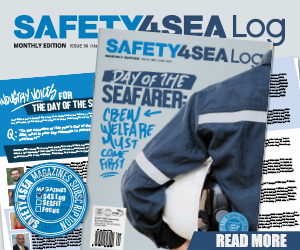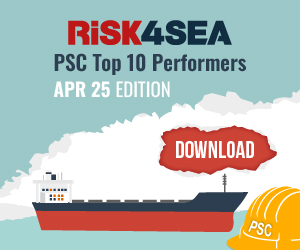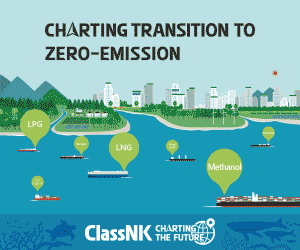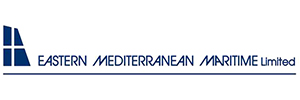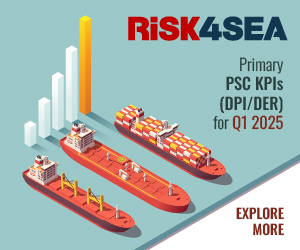14 Reasons: why ship owners prefer Filipino seafarers and how they exploit them
One-third of the world's seafarers are Filipinos The chairman of International Mariners Management Association of Japan (IMMAJ) has stated that Filipino seafarers are the top choice of philippine1Japanese ship managers and owners. It is a fact that one-third of the world's seafarers are Filipinos. Data from the Philippine Overseas Employment Agency (POEA) shows that 266,533 Filipino seafarers were deployed all over the world in 2007. Out of this, more than 50,000 Filipino seafarers work on Japan's 3,000 merchant ships. This indicates that roughly 65 percent of Japan's maritime personnel are Filipinos.Also Hellespont, an European shipping company having a manpower agency in Manila, has been hiring all-Filipino crews for its tanker fleet since 2004. This confirms that Filipino seafarers are the most sought seafarers in the global shipping industry. In fact, Filipinos are in demand to man ships at sea - from luxury cruise ships to giant tankers and container ships.Why most of the shipping companies prefer Filipino seafarers ? How they exploit them ?Here are some reasons:1.Seafarers by Nature: Philippines has vast coast line of 36,289 km, that is more than USA (19,924 km), UK (12,429 km), China (14,500 km), France (4,668 km) except Russia (37,653 km) which is almost...
Read moreDetails










































